In an East Anglian woodland flanked by agriculture, an engineering project is taking place for the first time in centuries.
A beaver – a rotund 30kg rodent with yellowed teeth and a flat paddle-like tail – tucks black mud under its chin and waddles towards a dam of stacked branches. The beaver packs the mud into the structure, and the human residents of a pretty Essex village not far downstream may have cause to be grateful.
Beavers were reintroduced to the Spains Hall Estate in 2019 under licence from Natural England as part of a natural flood management project developed between the estate and the Environment Agency.
- Beaver moon: The meaning behind the name
- Wild bison thriving in the UK
- Wolves versus wild cattle – the story of the battle to rewild Britain’s countryside
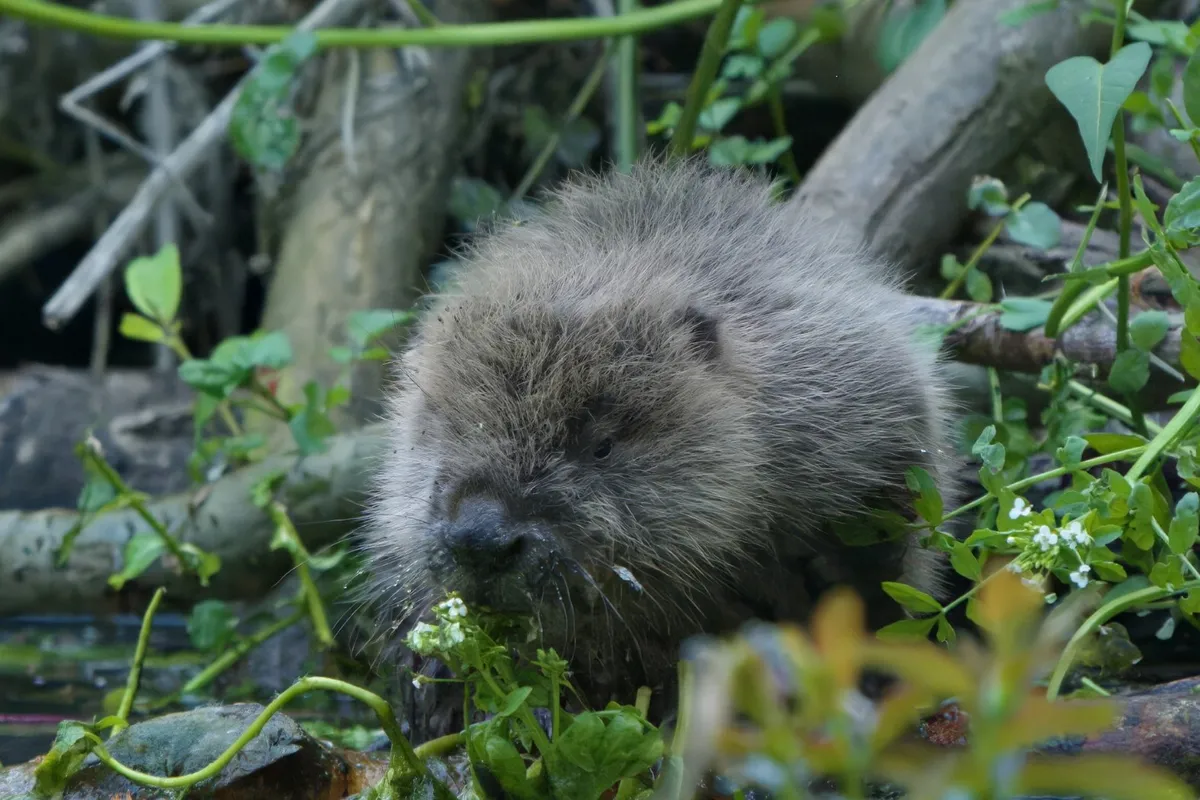
Once extinct in Britain due to medieval hunting for their fur and castoreum (an oily substance from their glands), beavers have recently caught the eye of landowners and conservationists not only as an intriguing missing native species, but as a unique tool to combat flooding.
One community with a regular history of floods is Finchingfield, an ancient village often called the most photographed in England. The beavers recruited to reduce its flood risk began to arrive in March 2019, when a pair was released upstream into a fenced enclosure on the estate’s land.
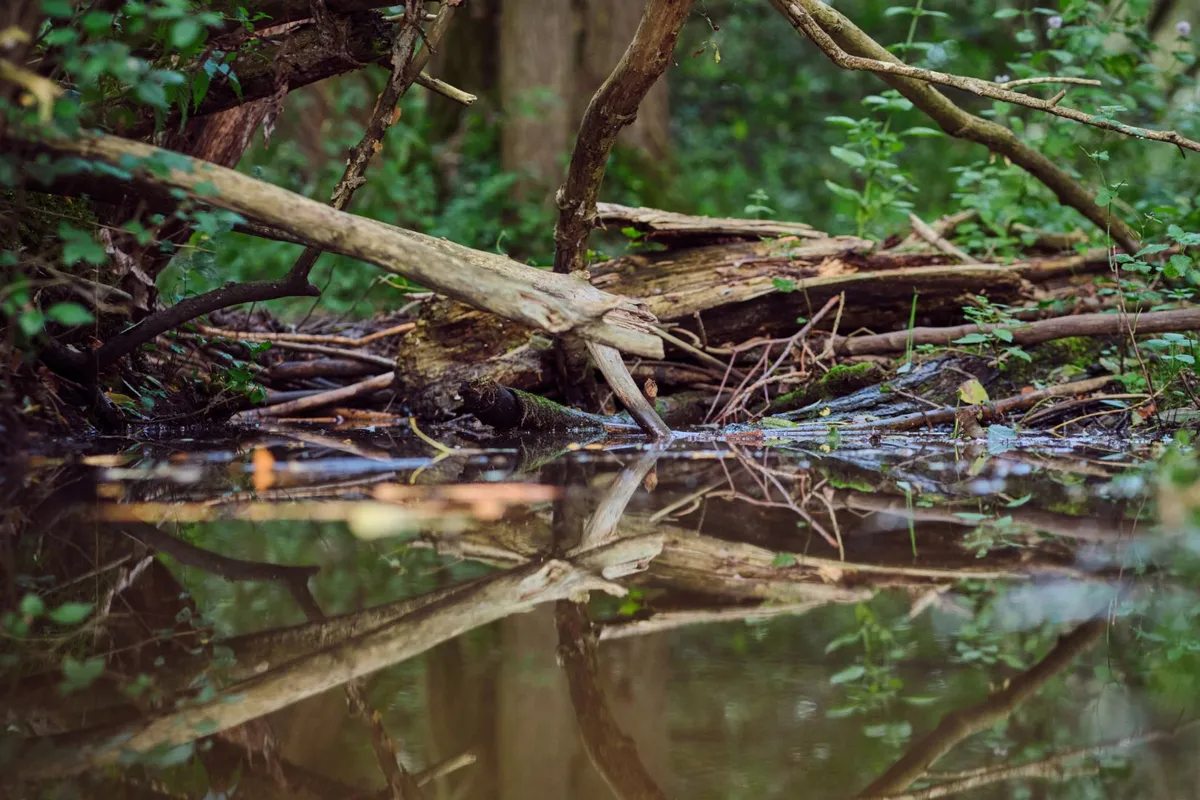
Flood management is a side effect of the beaver’s instinct to submerge the entrances to its own riverside burrows – and by damming the water, they change its behaviour across the wider landscape, slowing the flow and softening sudden outbursts.
Today, eleven beavers are engineering a four hectare (10 acre) stretch of the Finchingfield Brook on the estate. Nine dams now regulate the brook, storing an estimated three million litres of water.
Research by AtkinsRéalis and Kings College London maps the stabilising restraint through the seasons; not only are torrential winter flows tamed by the dams, but in a region of England noted for dry summers, the beaver ponds provide a steady supply that buffers against drought.
Nine dams now regulate the brook, storing an estimated three million litres of water.
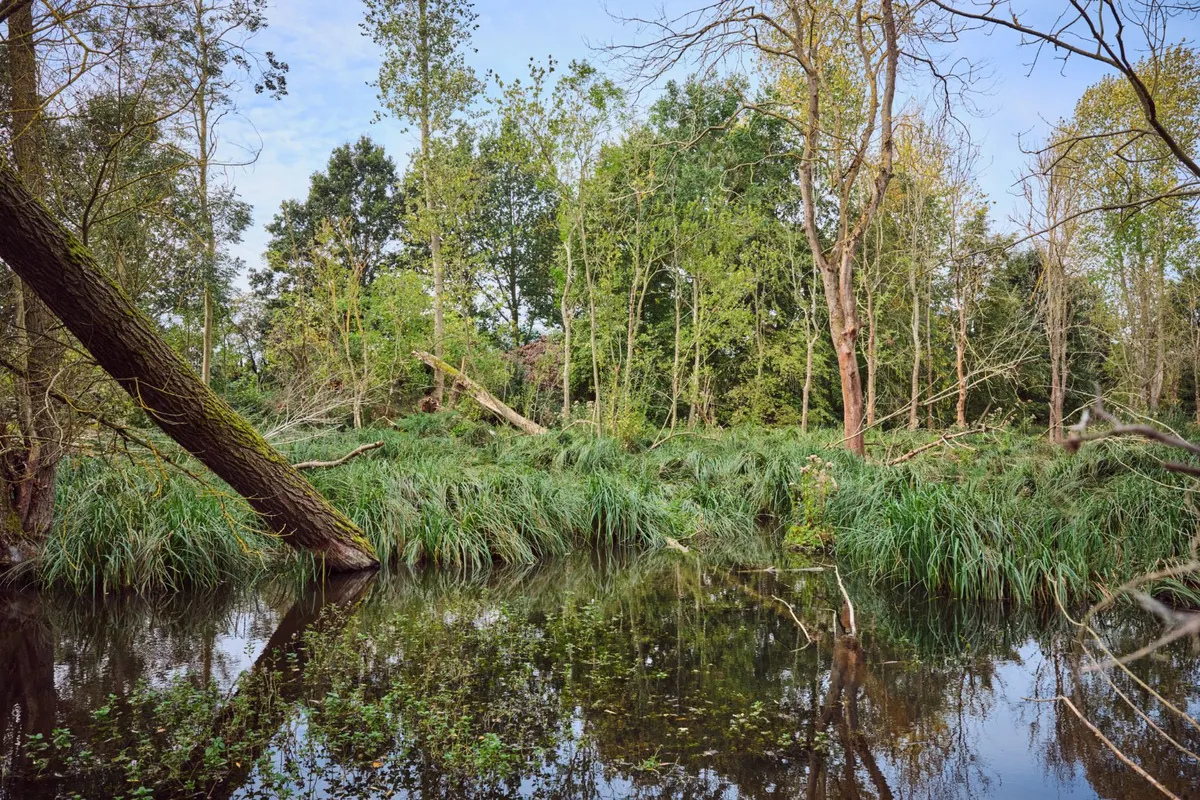
Beavers are often called ‘ecosystem engineers’. There is no mistaking a river that has beavers – bankside trees gnawed into pyramids, deep channels dug between ponds, and of course the dams themselves.
The impact on other wildlife is dramatic: invertebrates thrive, amphibians breed in the ponds, woodpeckers hammer trees killed by flooding, and otters, water voles and bats forage the new habitat.
Beavers also support shade-intolerant plants by opening the riverside canopy. Most trees felled by beavers are within 10 metres of the watercourse, and are effectively being coppiced – that is, cut to ground level but left alive to reshoot.
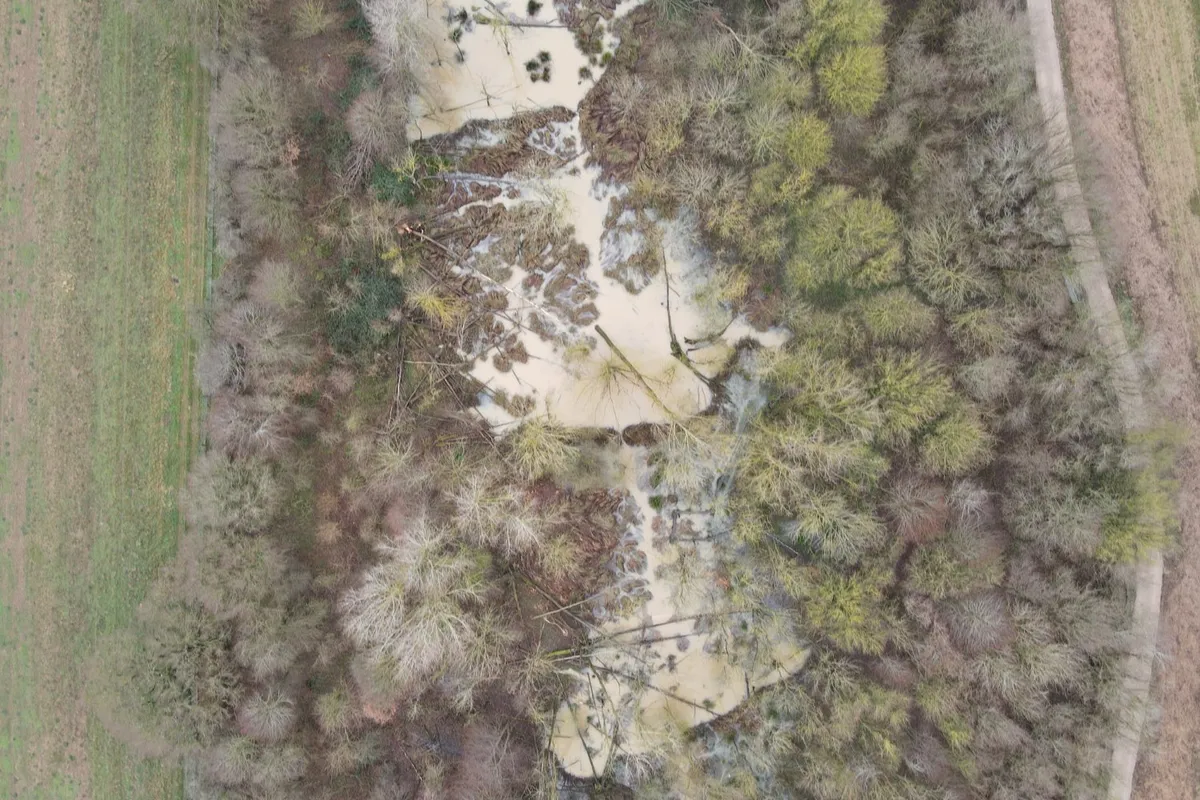
Nevertheless, beavers are not free from controversy. In free-roaming populations such as the River Otter in Devon, they have felled trees important to the local people.
Flooding of agricultural land behind dams is another risk, especially where drainage ditches are involved, although flow devices inserted into the structures can mitigate the problems.
Anglers raise concerns about dams obstructing migratory fish species such as trout and Atlantic salmon. However, a recent study by the University of Southampton suggests that the ponds formed behind beaver dams are actually important trout habitat.
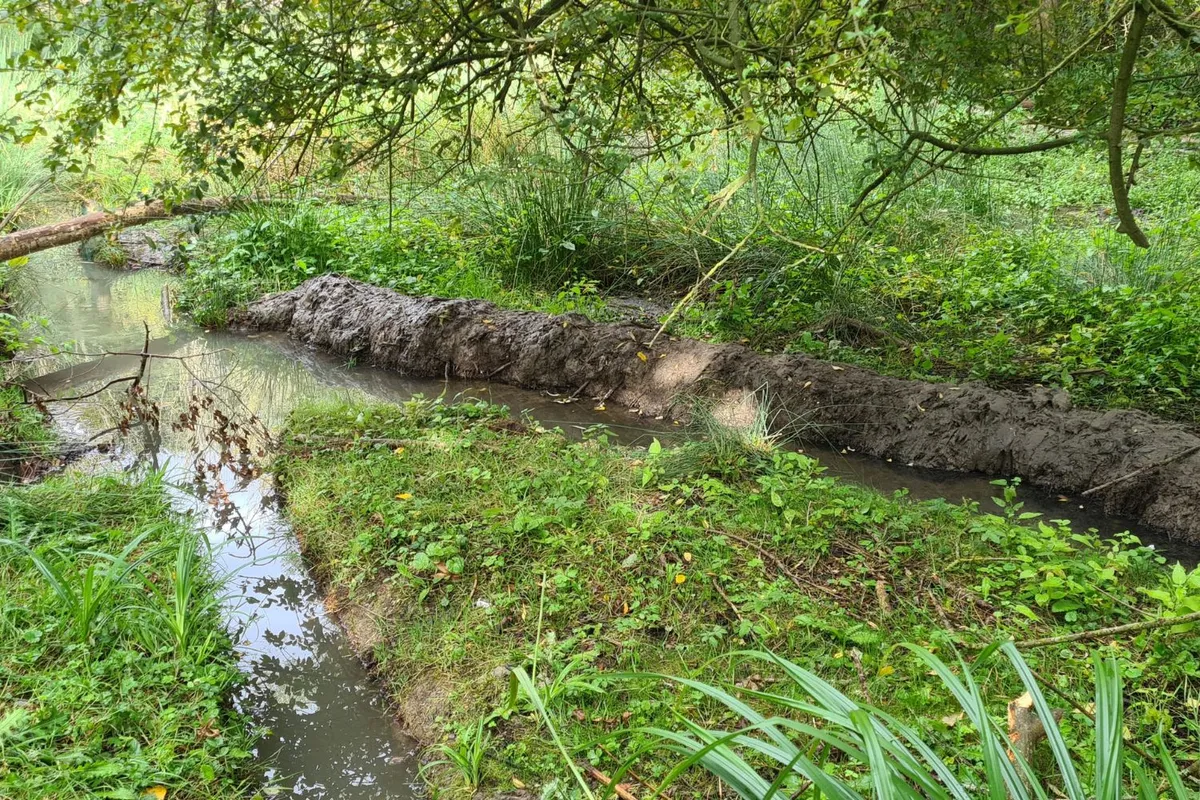
In the Finchingfield Brook, the beavers continue to change the land, with support from the village. Archie Ruggles-Brise, Spains Hall Estate Manager, comments: “We took a chance five years ago that bringing beavers back would be beneficial, and it’s proven to be better than we could ever have imagined. Locally there is widespread support for the beavers and their work, with the community really taking them to their heart. You can even find beaver greetings cards, beaver beer and beaver-themes on local menus!”
Find out more about beavers and natural flood management at Spains Hall Estate.
